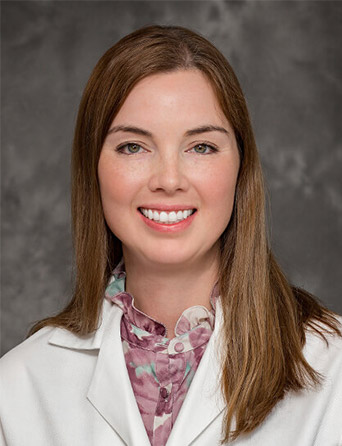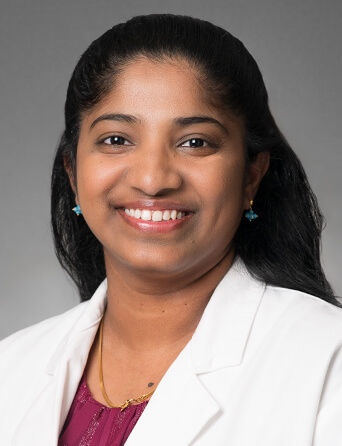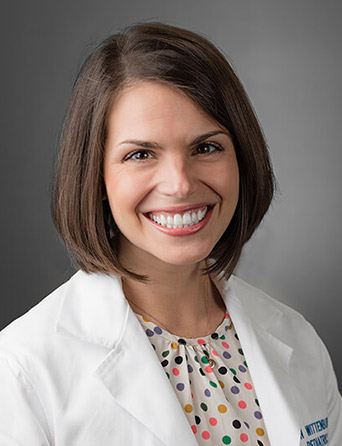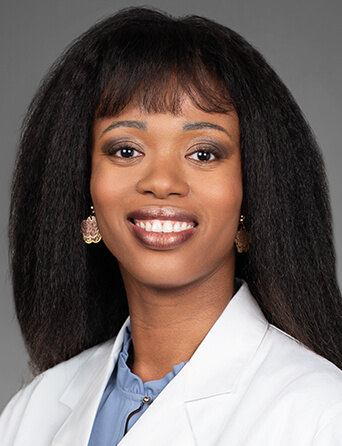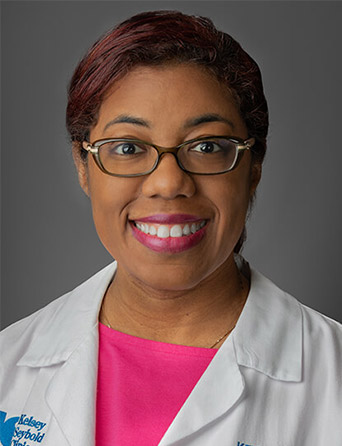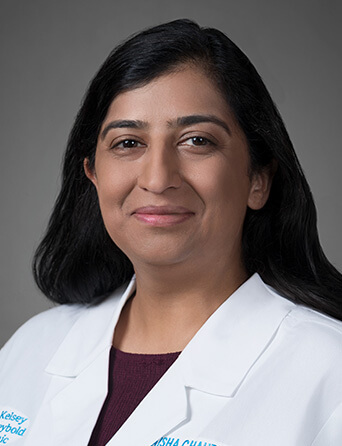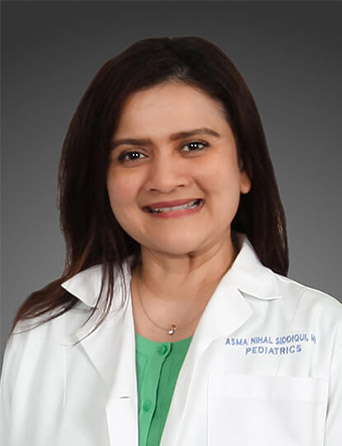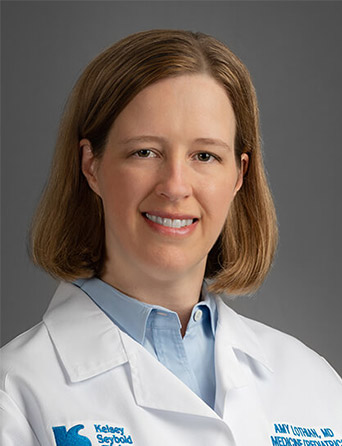Join Our eNewsletter!
Subscribe to our monthly newsletter to receive encouraging advice to help you lead a healthy lifestyle.
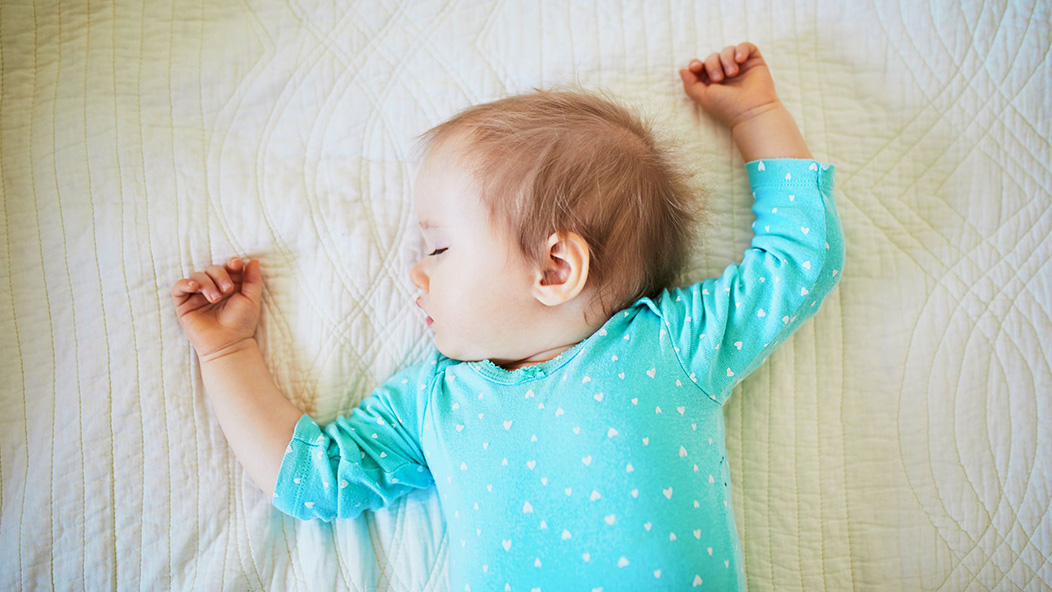
Safe Sleep Is Worth the Effort
It has been over 20 years since the National Institute of Child Health and Development launched its Back to Sleep campaign to reduce the risk of sudden infant death syndrome (SIDS). That first initiative, started in 1994, saw infant death rates by SIDS drop by over half in 10 years. Further research, however, showed that in the same time period, many babies died not only while sleeping tummy side-down in their cribs, but also while sleeping in beds and on couches with their parents.
Safe Sleep Factors
That discovery prompted a broader effort to make every aspect of babies’ sleep environments as safe as possible. Specifically, infants are safest:
- On their backs.
- In their own crib or bassinet.
- With a firm mattress designed specifically for infants.
- With no fluffy bedding, toys, sleep wedges, or crib bumpers—nothing thicker than a receiving blanket.
- In their parents’ room (but not their bed) to facilitate breast feeding and close monitoring, and to make it easier to place the baby in the crib after feeding.
- In a cool room with good air circulation.
- Away from cigarette smoke.
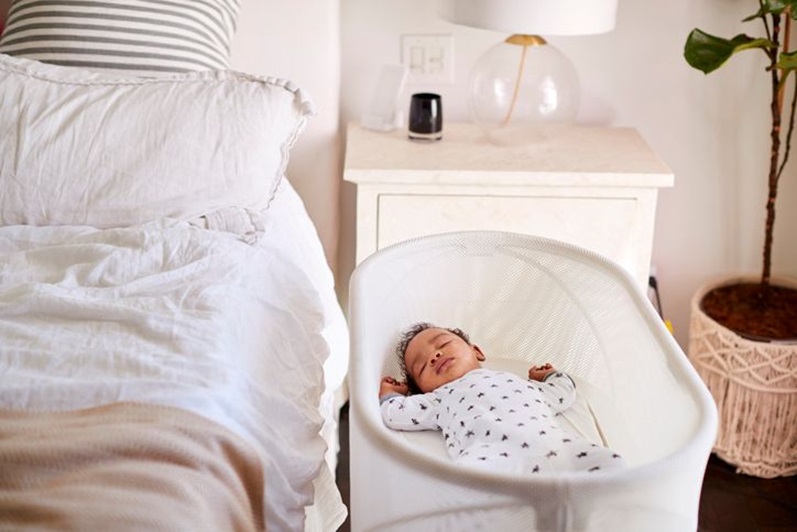
These recommendations have been in place for years, but parents still often choose to co-sleep with their infants. Suffocation, strangulation and entrapment are real risks when an infant sleeps on a mattress designed for adults, surrounded by soft pillows and blankets, basking in mom and dad’s body heat. Why do people risk it? In short, because babies cry in their cribs and sometimes parents are too exhausted to fight that battle.
But here’s the thing: Kids will always be better at pitching a fit than assessing risk. This is just the beginning. You will need to tell your baby “no” and listen to her cry when she wants to sleep in your bed, poke the dog in the eye, walk in the parking lot without holding your hand, unbuckle her seat belt, climb the bookshelf, date older boys and take ill-advised road trips. Saying “no” in the name of safety is a fundamental parenting skill, and accepting that “no” is a crucial childhood lesson. So please, it’s hard, but put the baby in the crib. You both need the practice.
Meet Our Team
Our pediatricians provide comprehensive services for children at Kelsey-Seybold Clinic locations throughout the Greater Houston area, so you’re never far from the compassionate care your child needs.

